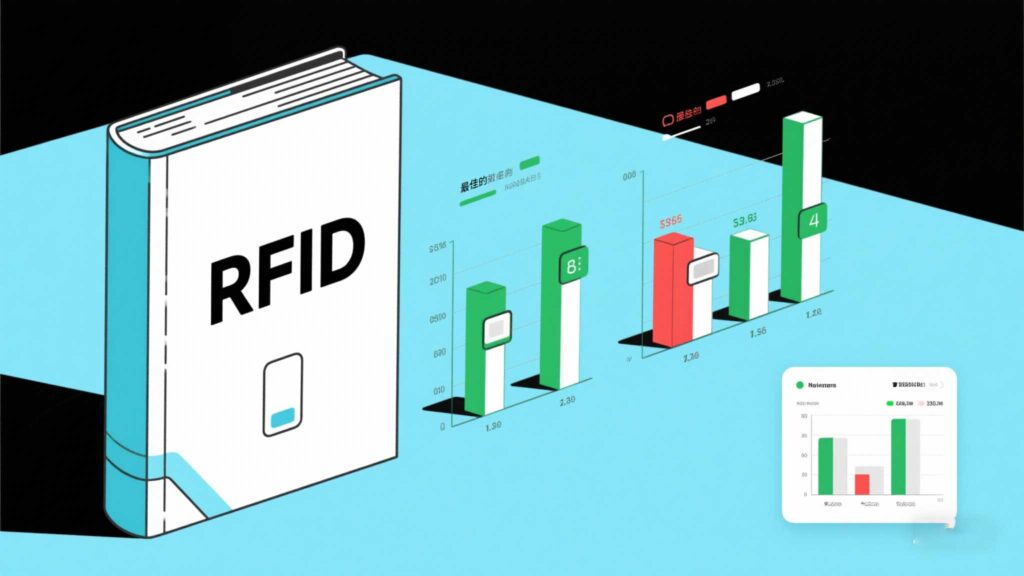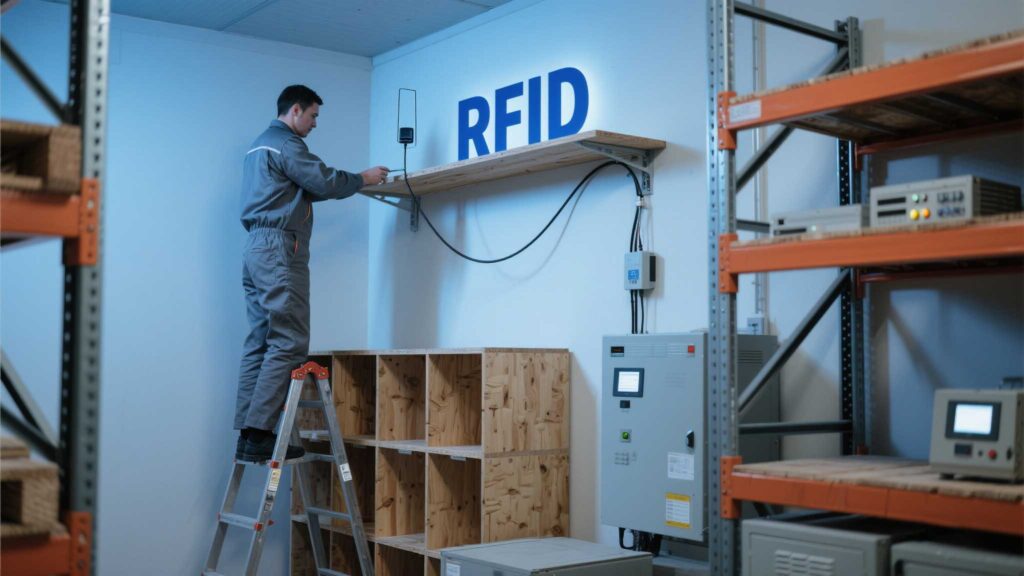How to Integrate Handheld RFID Scanners with Your Inventory System
748Learn how to seamlessly connect handheld RFID scanners to your inventory system for real-time tracking, reduced errors, and improved efficiency.
MoreAll RFID Product
You know the drill: you’re trying to scan a shelf of books, but your handheld RFID reader keeps buzzing like an angry bee. Half the tags won’t read, and patrons are side-eyeing you. HF RFID systems should make libraries faster—until interference turns them into a headache. Let’s fix that with simple, no-nonsense solutions that actually work.

HF RFID (13.56 MHz) is great for books… until these culprits crash the party:
Real Pain Point: A university library using Cykeo’s HF system saw 30% missed reads until they tweaked their setup.
a. Outsmart Metal Shelves
b. Silence Electronic Noise
c. Tag Like a Pro
a. Tune Your Reader’s Settings
b. Upgrade Your Antennas
c. Zone Your Library

Pro Tip: Train staff to spot interference red flags (e.g., sudden read drops near certain shelves).
If you’ve tried it all and tags still ghost you:
Case Study: A public library reduced missed scans by 85% after Cykeo’s team repositioned antennas and retagged 200 problem books.
Takeaway: HF RFID in libraries isn’t “set and forget”—but neither is it rocket science. Most interference issues boil down to metal, mess, or rushed workflows. Start with the easy fixes (tag placement, antenna angles), then escalate if needed. And remember: even a 10% improvement saves hours of rescanning. Your sanity (and patrons) will thank you.
Learn how to seamlessly connect handheld RFID scanners to your inventory system for real-time tracking, reduced errors, and improved efficiency.
Morehow RFID fixed asset systems help companies automate inventory, prevent asset loss, and improve visibility. Learn how RFID tags and readers make asset tracking faster, more accurate, and easier to manage.
Morehow handheld RFID readers give solution providers flexibility, mobility, and smarter system design. Learn why combining handheld and fixed readers leads to more dynamic and reliable RFID deployments.
MoreDiscover why UHF fixed RFID readers are ideal for logistics tracking. Learn about long-range scanning, high-speed data capture, and warehouse automation benefits.
More